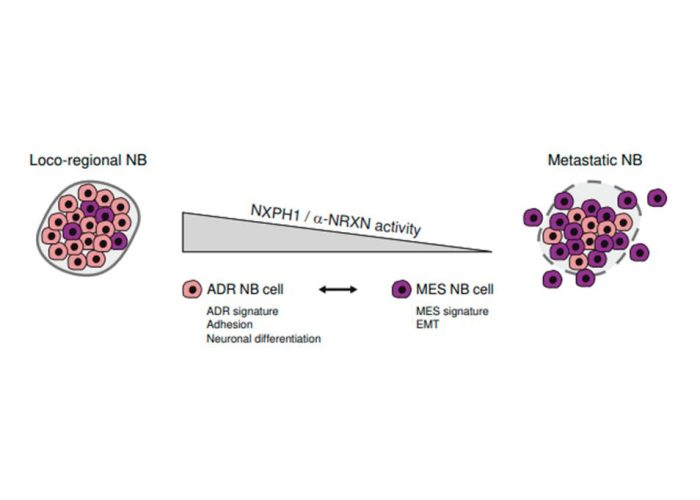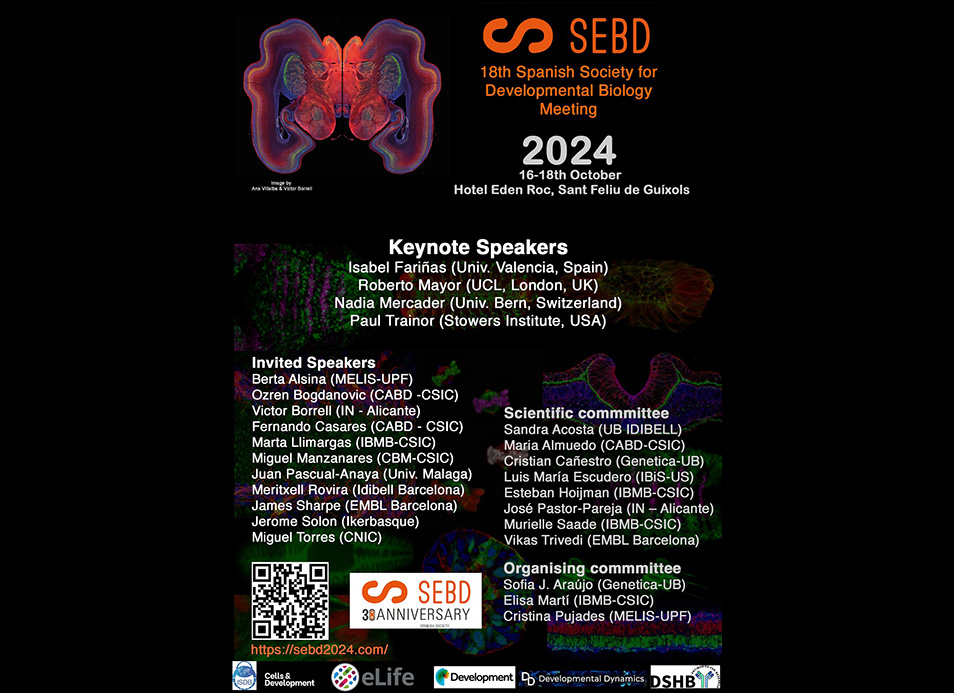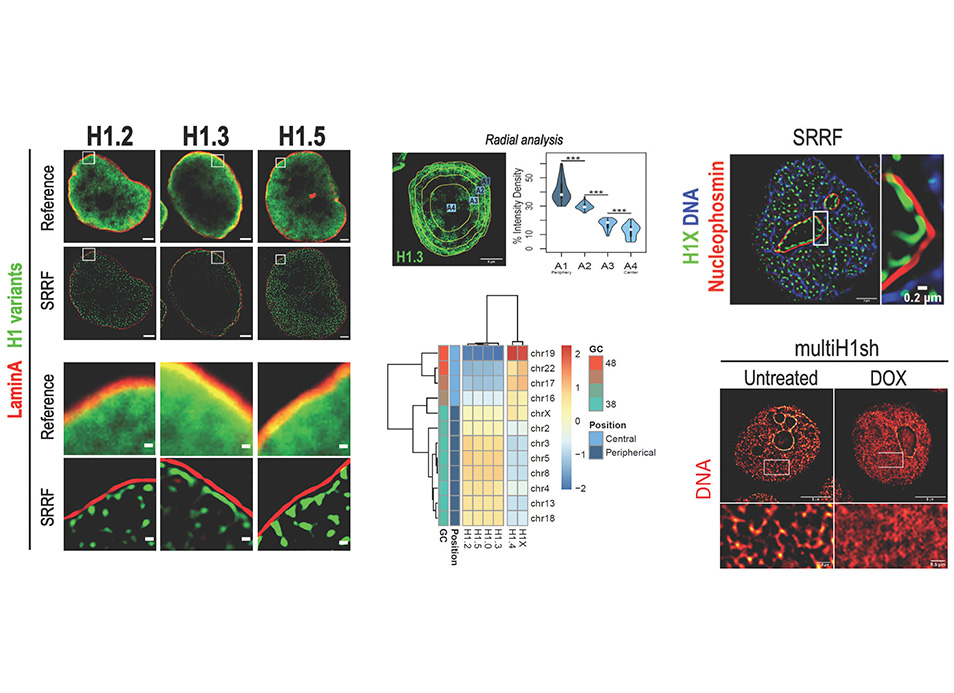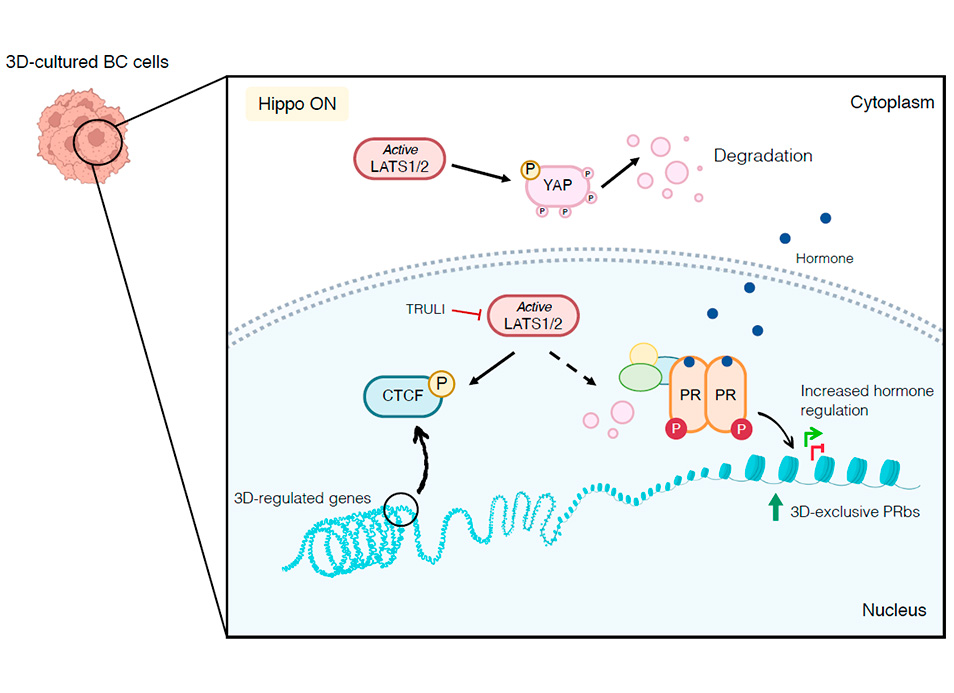The Spanish Society for Developmental Biology (SEBD) is proud to announce the 18th meeting of…
Neural crest-related NXPH1/α-NRXN signaling opposes neuroblastoma malignancy by inhibiting organotropic metastasis
Elisa Martí’s lab identifies NXPH1 and its receptor α-NRXN as novels inhibitors of organotropic metastasis in neuroblastoma. Check it here: https://rdcu.be/deb6w
Abstract
Neuroblastoma is a pediatric cancer that can present as low- or high-risk tumors (LR-NBs and HR-NBs), the latter group showing poor prognosis due to metastasis and strong resistance to current therapy. Whether LR-NBs and HR-NBs differ in the way they exploit the transcriptional program underlying their neural crest, sympatho-adrenal origin remains unclear. Here, we identified the transcriptional signature distinguishing LR-NBs from HR-NBs, which consists mainly of genes that belong to the core sympathoadrenal developmental program and are associated with favorable patient prognosis and with diminished disease progression. Gain- and loss-of-function experiments revealed that the top candidate gene of this signature, Neurexophilin-1 (NXPH1), has a dual impact on NB cell behavior in vivo: whereas NXPH1 and its receptor α-NRXN1 promote NB tumor growth by stimulating cell proliferation, they conversely inhibit organotropic colonization and metastasis. As suggested by RNA-seq analyses, these effects might result from the ability of NXPH1/α-NRXN signalling to restrain the conversion of NB cells from an adrenergic state to a mesenchymal one. Our findings thus uncover a transcriptional module of the sympatho-adrenal program that opposes neuroblastoma malignancy by impeding metastasis, and pinpoint NXPH1/α-NRXN signaling as a promising target to treat HR-NBs.
Reference:
Fanlo, L., Gómez-González, S., Rozalén, C. et al. Neural crest-related NXPH1/α-NRXN signaling opposes neuroblastoma malignancy by inhibiting organotropic metastasis. Oncogene (2023). doi: 10.1038/s41388-023-02742-2
This study was financed by the AECC
This knowledge was transferred to Patº EP21382092.1 (2021) “Methods and compositions for the treatment of Neuroblastoma malignancies”





